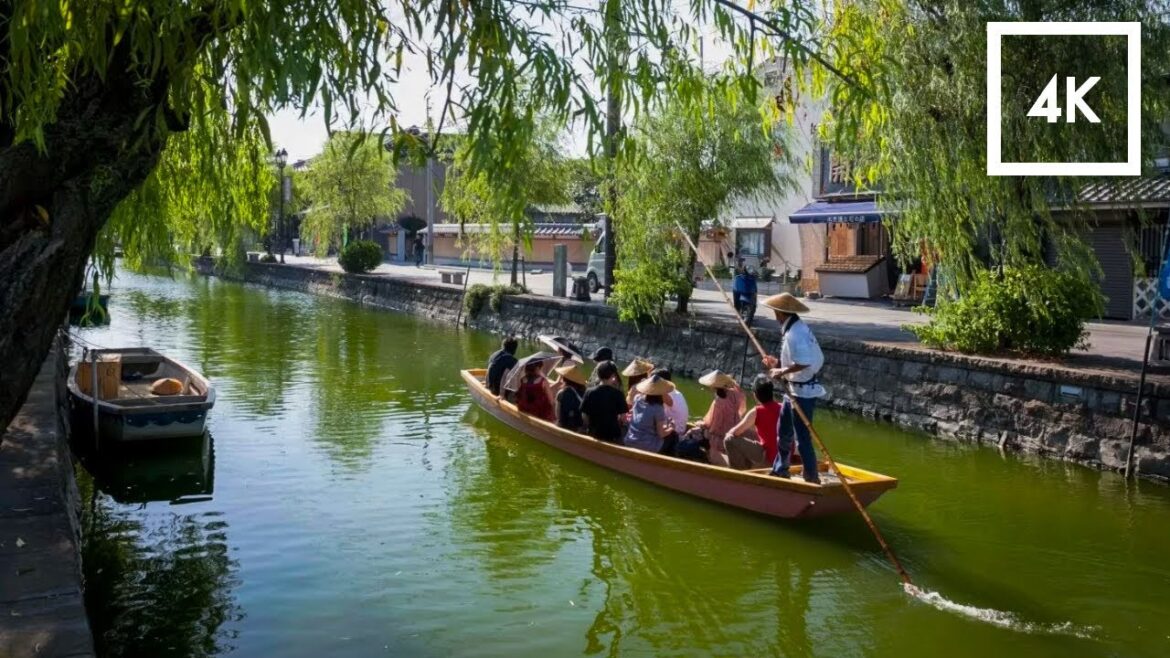Yanagawa Boat Tour / Walking in Yanagawa, famous as the ‘City of Water,’ Fukuoka, Japan.
In Yanagawa City, Fukuoka Prefecture, several companies offer riverboat tours along the moats that surround the old castle town of Yanagawa Domain.
The first company to start these tours in 1961 was Yanagawa Kanko Kaihatsu. The tours begin at the Shogetsu Pier, located at the foot of Rankan Bridge (Taiko Bridge), in front of Mihashira Shrine and Shogetsu Bunjinkan. The ‘Inner Moat Course’ ends at either Okinohata or Ohana.
In Yanagawa, ditches were dug in the wetlands along the Ariake Sea coast, and the excavated soil was used to create elevated land, forming a network of creeks for irrigation and drainage. This network of creeks, known as horiwari, extends for a total length of 470 km throughout Yanagawa City. Although commonly referred to as Yanagawa Riverboat Tours, they are more accurately called ‘Horiwari Tours’ according to Yanagawa Kanko Kaihatsu.
The houses facing the moats owned small boats, which were used not only for transportation but also for recreational activities from the Meiji era onwards.
Even Hakushu Kitahara enjoyed boating on the donko boats when he returned to his hometown.
Yanagawa Kanko Kaihatsu’s riverboat tours start at Shogetsu Pier, enter the castle moat sluice gate (the only gate built for the castle’s defense), and navigate the inner moat, winding left and right, ending at either Okinohata or Ohana.
The moats are about 1 meter deep, and the boats move at a walking pace. The donko boats are named after the donko fish, which resemble gobies and inhabit the moats.
Following the moats of Yanagawa Castle from the Edo period, the tour passes under 12 bridges. The oldest and smallest bridge is Yaheimon Bridge, located past Hiyoshi Shrine. The bridge piers extend significantly towards the center of the river, a design known as
‘motase, which ensures water distribution throughout the gently sloping waterway network. The area between bridges is shaped like a pond, with V-shaped piers that normally retain water but allow for increased flow during heavy rains. Conversely, during high tide, the moats temporarily store water to protect the town until the tide recedes.
The tour ends at Okinohata, where Hakushu Kitahara’s childhood home remains, featuring attractions such as the old document museum with white-walled storehouses, the red brick warehouse ‘Namigura, and gardens across the moat. The journey to Okinohata (Rokki) is 4.5 km and takes about 1 hour and 10 minutes, while disembarking at Ohana is 4 km and takes about 1 hour. A shuttle bus operates from the
final stop (Rokki-mae) to Nishitetsu Yanagawa Station and the parking lot.

